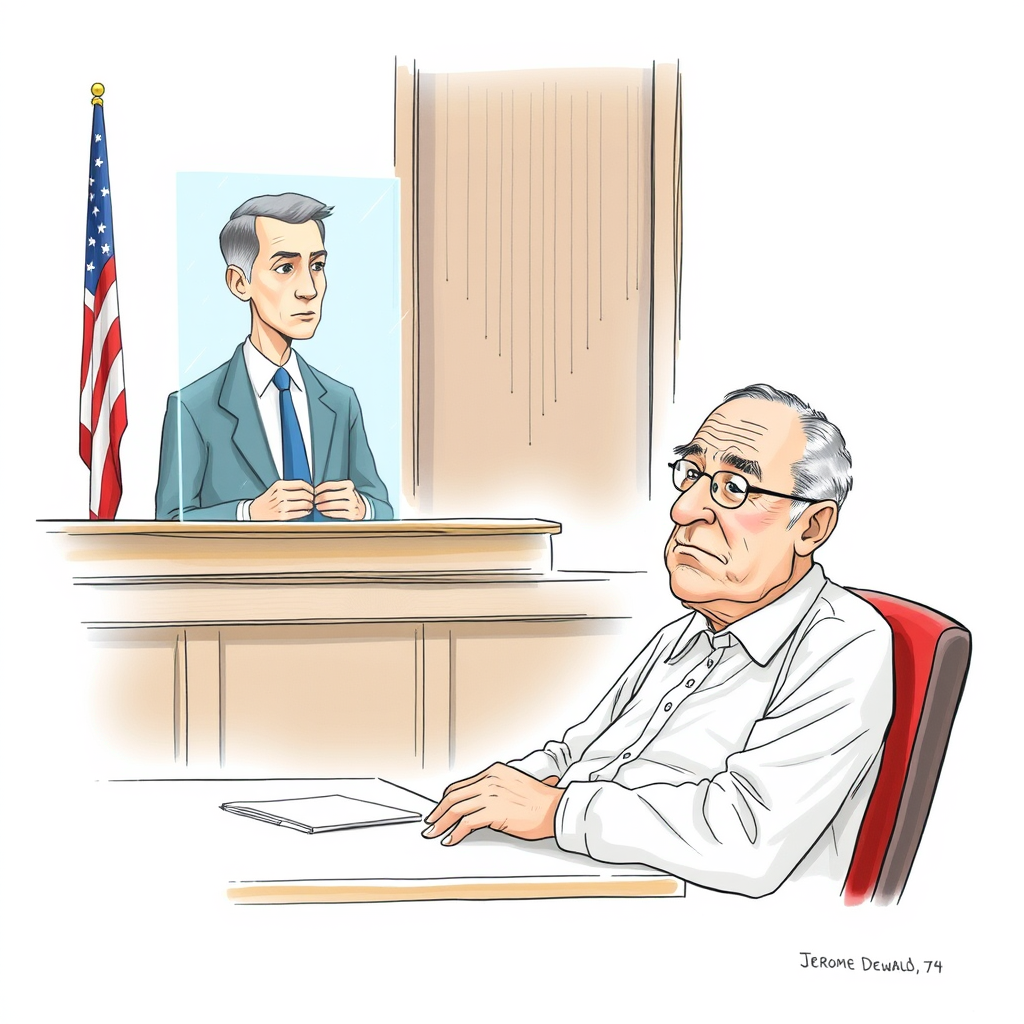AI Lawyer Backfires in Court Hearing

A New York court hearing was abruptly halted last week when a self-represented litigant attempted to utilize an AI-generated avatar to present his legal arguments. Jerome Dewald, 74, appeared before a panel of judges to contest a prior ruling, and surprised the court by playing a pre-recorded video featuring a younger man delivering his case.
Justice Sallie Manzanet-Daniels immediately questioned whether the individual in the video was Dewald’s legal counsel. Dewald confirmed the figure was a digitally created avatar powered by artificial intelligence, stating he had “generated” it. This admission prompted Justice Manzanet-Daniels to demand the video be stopped, expressing frustration and stating, “I don’t appreciate being misled.”
Dewald subsequently apologized to the court in a letter, explaining he intended no harm and was simply attempting to present his arguments clearly, as he sometimes struggles with speech. He had initially aimed to create a digital replica of himself but encountered technical issues. He maintained his intention was to improve clarity, not deceive the court, and acknowledged the importance of transparency.
This incident follows a 2023 case where two lawyers were fined $5,000 each after using ChatGPT for legal research, which resulted in the presentation of fabricated case law.
The situation raises important questions about the evolving intersection of technology and the legal system. While AI tools offer potential benefits for legal research and accessibility, this case highlights the critical need for clear disclosure and adherence to established courtroom procedures. The court’s reaction underscores a justifiable concern: the potential for AI to obscure the truth or mislead judges and juries. While innovation should be encouraged, maintaining the integrity of legal proceedings must remain paramount. Dewald’s attempt, though seemingly born from a desire for clearer communication, ultimately undermined the court’s trust and demonstrated the risks of introducing undisclosed AI into a formal legal setting. It’s a clear signal that courts will need to proactively address the ethical and practical implications of AI in the courtroom to prevent similar disruptions and ensure fair proceedings.